(CLO) Scientists have discovered animal communities such as tube worms and snails living in volcanic caves on the seafloor, revealing a previously unknown but extremely developed ecosystem.
Researchers made the astonishing discovery during a 30-day expedition aboard the Schmidt Ocean Institute's research vessel "Falkor" to explore an underwater volcano off the coast of Central America in the Pacific Ocean.
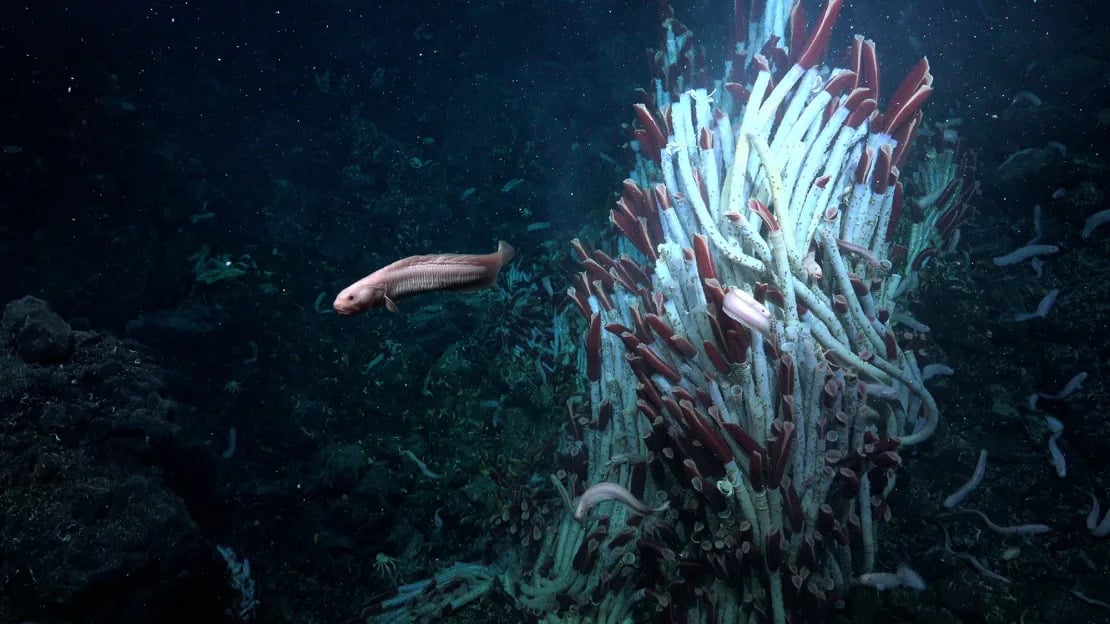
Eels swim past a tower of tubeworms at Tica Vent, a hydrothermal vent site on the East Pacific Rise. Photo: ROV SuBastian/Schmidt Ocean Institute
Located along active volcanic ridges are hydrothermal vents (fissures in the seafloor), where hot water and magma from beneath the Earth's crust combine to form a type of undersea hot spring.
These hydrothermal vents spew out elements that allow bacteria, mussels, tube worms, and other animals to congregate at the ocean's deepest depths. The ecosystem has been extensively studied, but the regions below remain largely unknown.
'Underground world' under the sea
Using the remotely operated vehicle SuBastian, the researchers discovered something surprising: the caves were connected to hydrothermal vents filled with giant tubeworms, some up to 0.5 meters long, and other animals.
The discovery reveals a connection between the seafloor and subsea ecosystems, allowing life to thrive in unexpected places on and below the ocean floor.
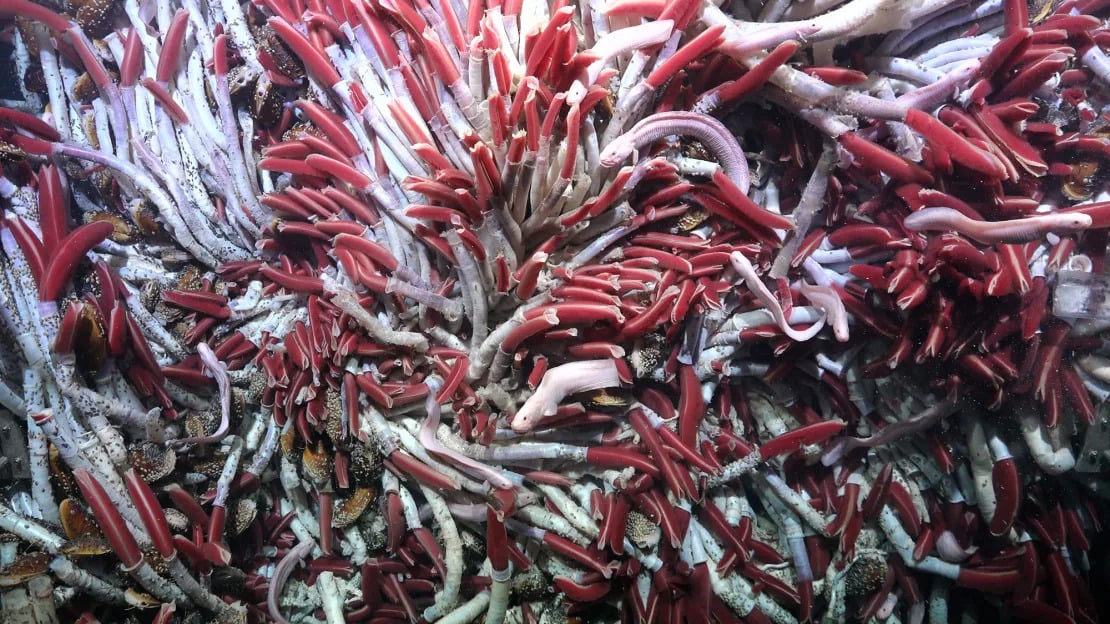
A large colony of tubeworms lives permanently on the outskirts of Fava Flow, a site on the East Pacific Rise. Photo: Schmidt Ocean Institute
“We wanted to understand how animals move and how they disperse, so we explored below the surface,” said study co-author Dr Sabine Gollner, a marine biologist at the Royal Netherlands Institute for Sea Research. “Animals can live below hydrothermal vents, and to me that’s amazing.”
The team used the SuBastian rover to drill tiny holes into the seafloor rocks and lift them up, revealing chambers beneath hydrothermal vents, as well as tubeworms in both larval and adult forms, mobile animals such as snails, and chemosynthetic bacteria.
Sunlight cannot penetrate the depths of the ocean floor to allow organisms to photosynthesize. Instead of sunlight, bacteria use chemical reactions to create sugars, which are then used by other animals that gather around to survive.
Tubeworm communities living on the seafloor. Source: Schmidt Ocean Institute
X
Next, the team wants to determine whether life exists beneath all deep-sea hydrothermal vents, as well as how far these caves extend horizontally and vertically.
Researchers use a robotic arm to lift a small section of volcanic rock to confirm that life exists on the ocean floor. Source: Schmidt Ocean Institute
X
But extreme care must be taken when studying these fragile ecosystems. In the study, the researchers lifted just six small squares from the seafloor, measuring about 50 x 50 centimeters, to cause as little disturbance as possible.
The team fears that lifting larger blocks or any form of major drilling, such as deep-sea mining, could change the routes of hydrothermal vents and redirect them to other locations, causing animals that gather around the vents to die.
Ngoc Anh (according to CNN)
Source: https://www.congluan.vn/hinh-anh-va-video-ve-the-gioi-ngam-vua-duoc-phat-hien-duoi-day-bien-post317390.html


![[Photo] General Secretary To Lam meets and expresses gratitude to Vietnam's Belarusian friends](https://vphoto.vietnam.vn/thumb/1200x675/vietnam/resource/IMAGE/2025/5/11/c515ee2054c54a87aa8a7cb520f2fa6e)
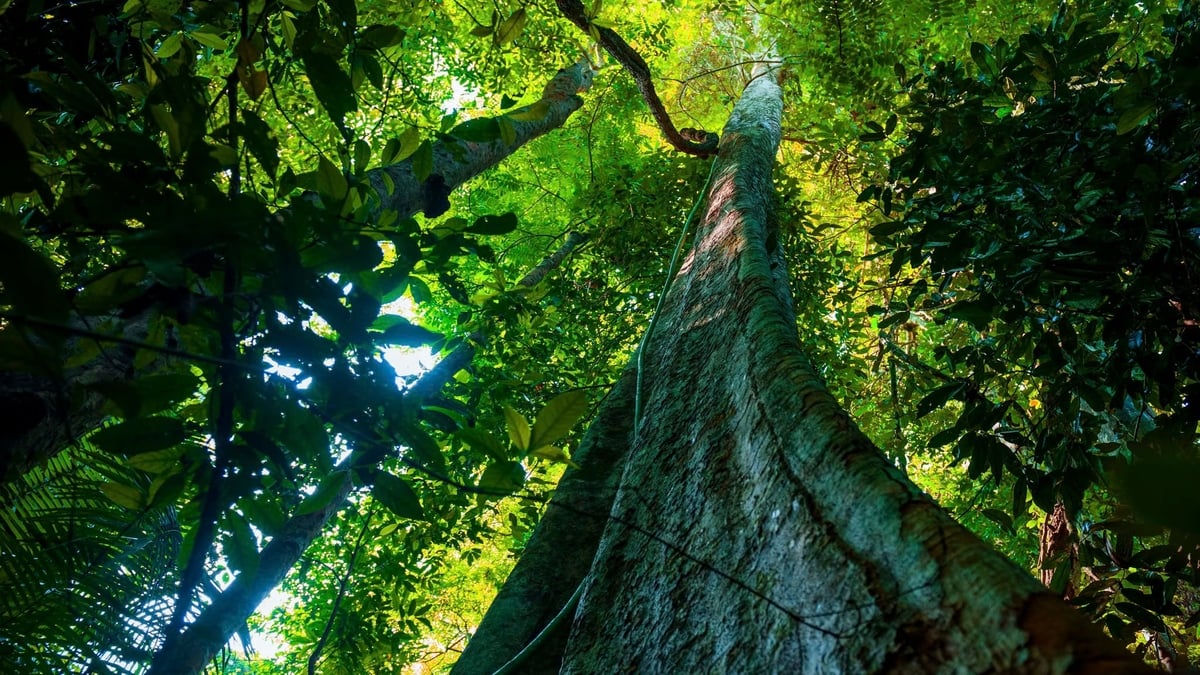
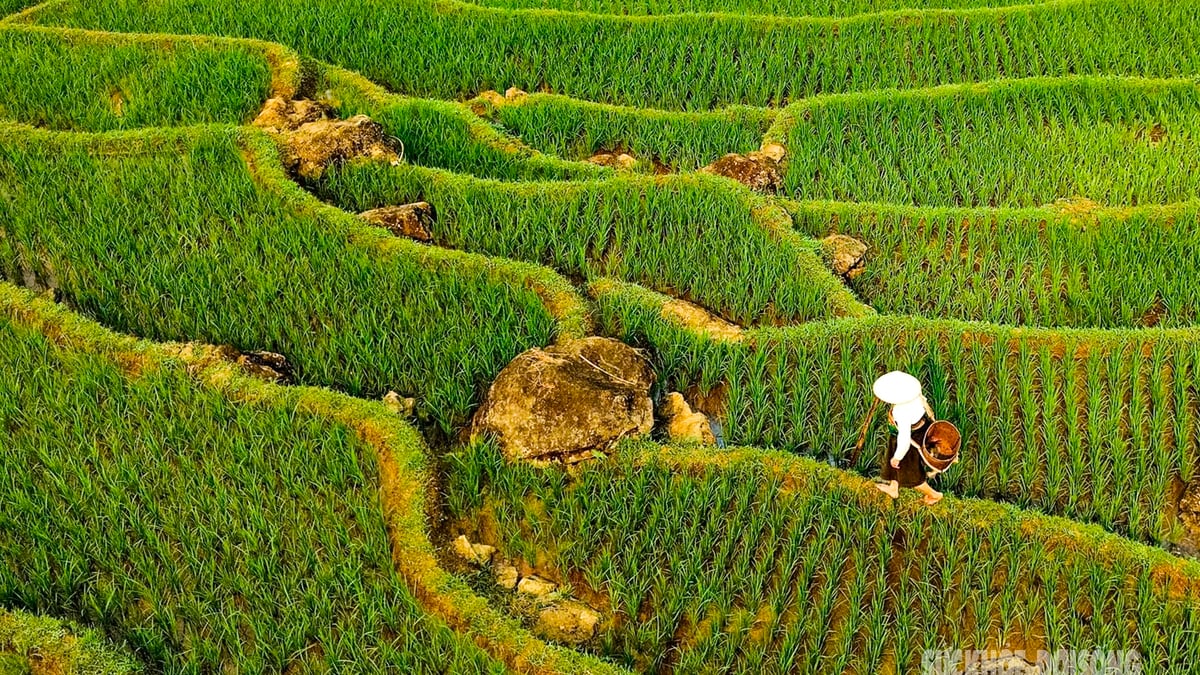

![[Photo] General Secretary To Lam concludes visit to Russia, departs for Belarus](https://vphoto.vietnam.vn/thumb/1200x675/vietnam/resource/IMAGE/2025/5/11/0acf1081a95e4b1d9886c67fdafd95ed)
![[Photo] General Secretary To Lam arrives in Minsk, begins state visit to Belarus](https://vphoto.vietnam.vn/thumb/1200x675/vietnam/resource/IMAGE/2025/5/11/76602f587468437f8b5b7104495f444d)






















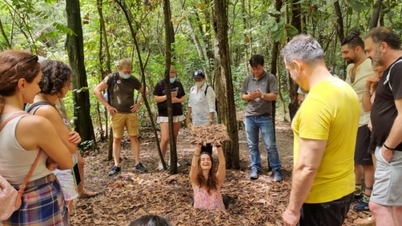

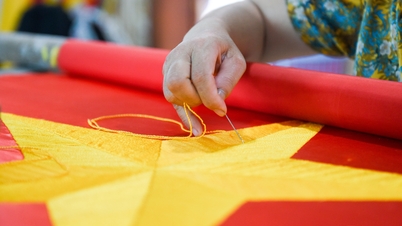
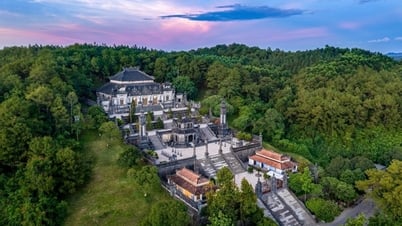

![[Photo] National Assembly Chairman Tran Thanh Man attends the Party Congress of the Committee for Culture and Social Affairs](https://vphoto.vietnam.vn/thumb/1200x675/vietnam/resource/IMAGE/2025/5/11/f5ed02beb9404bca998a08b34ef255a6)
































































Comment (0)